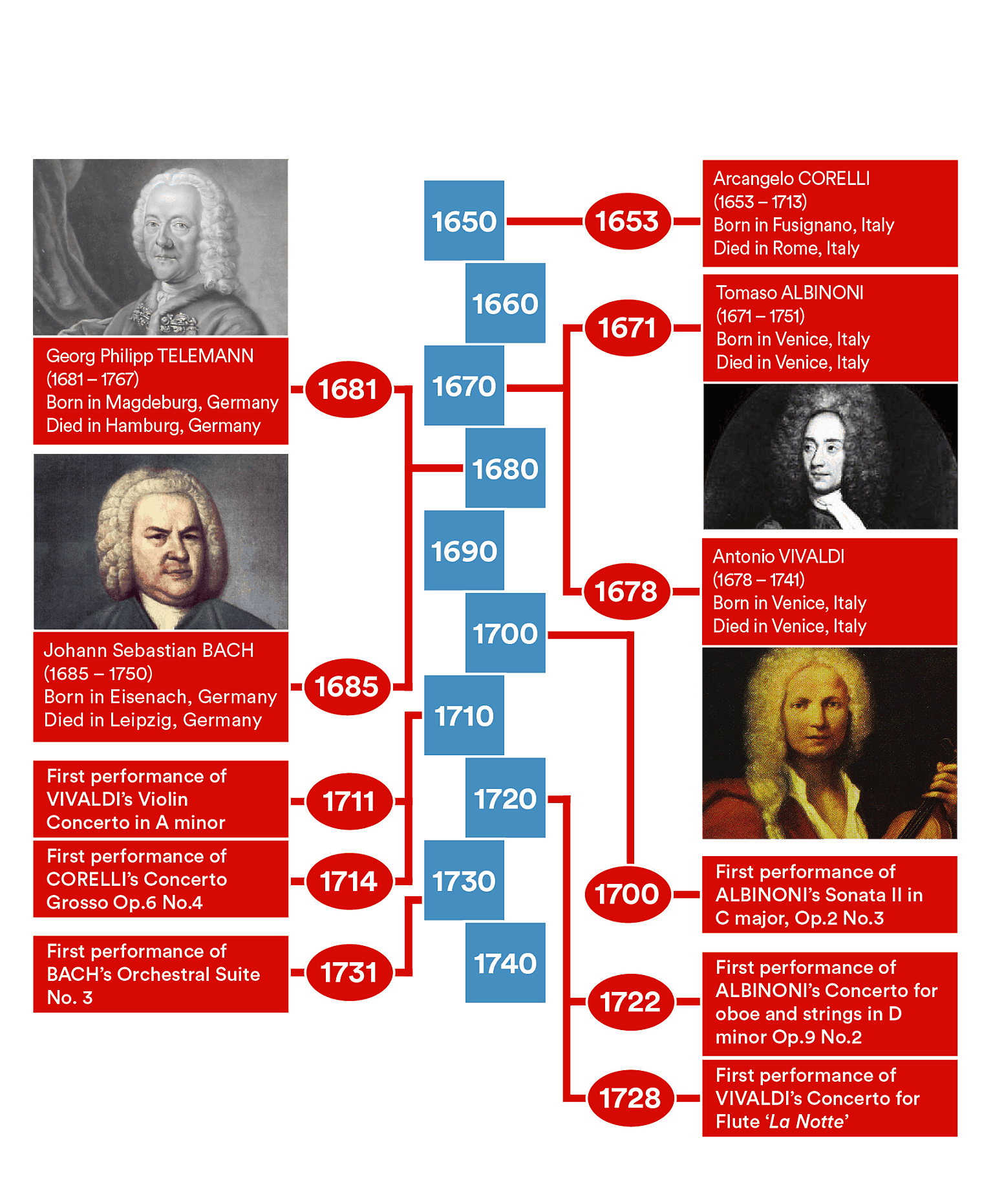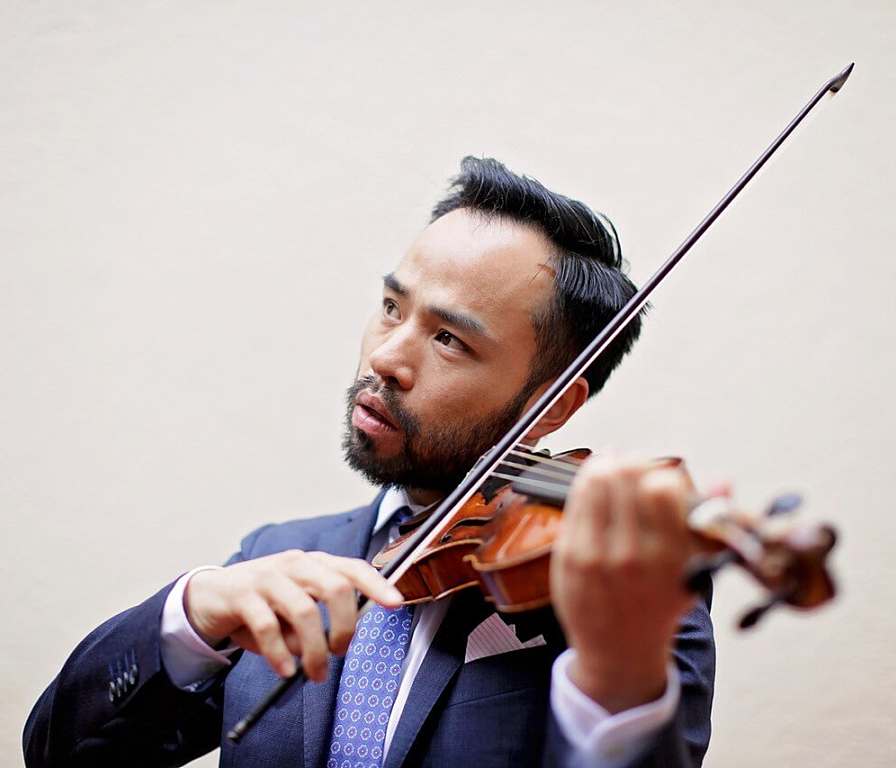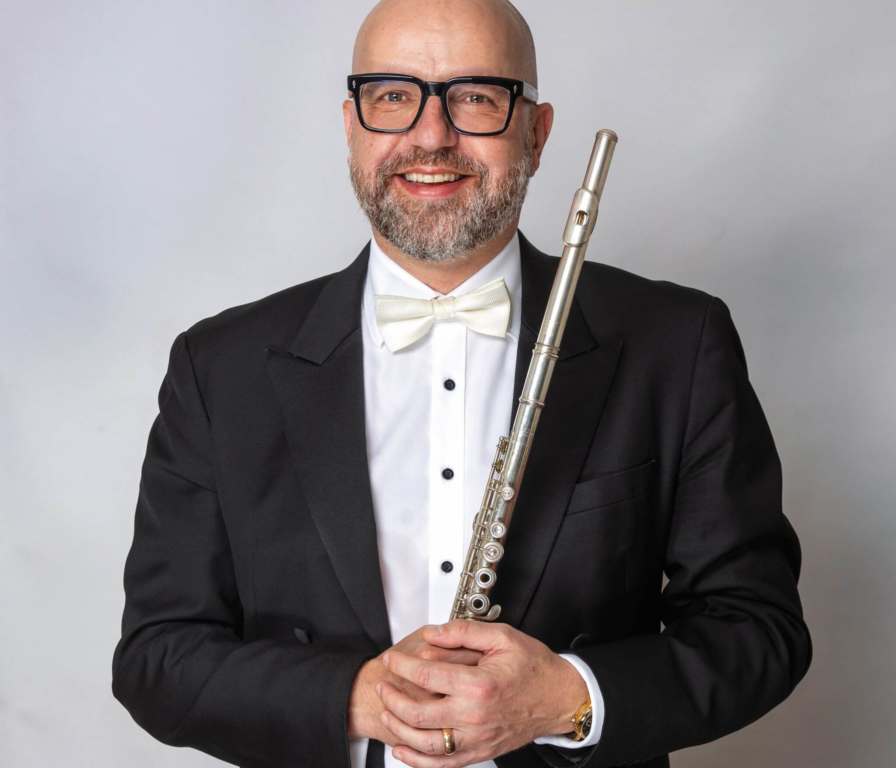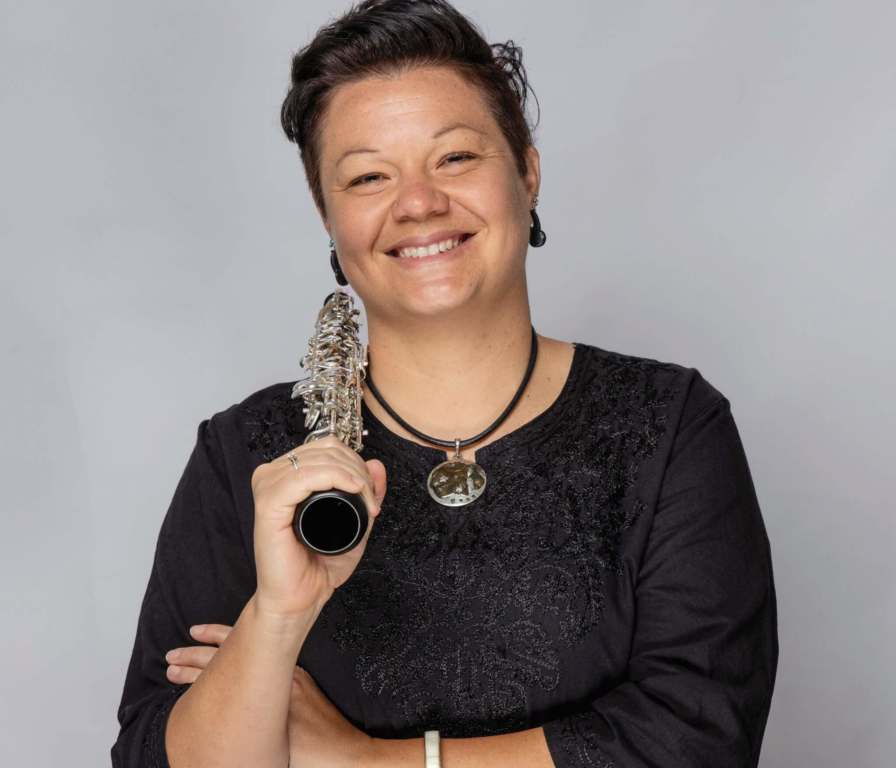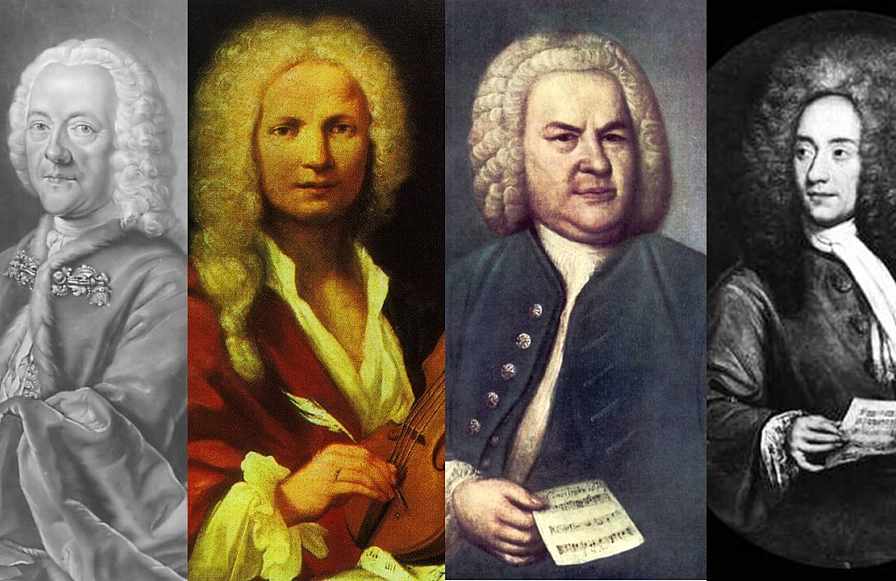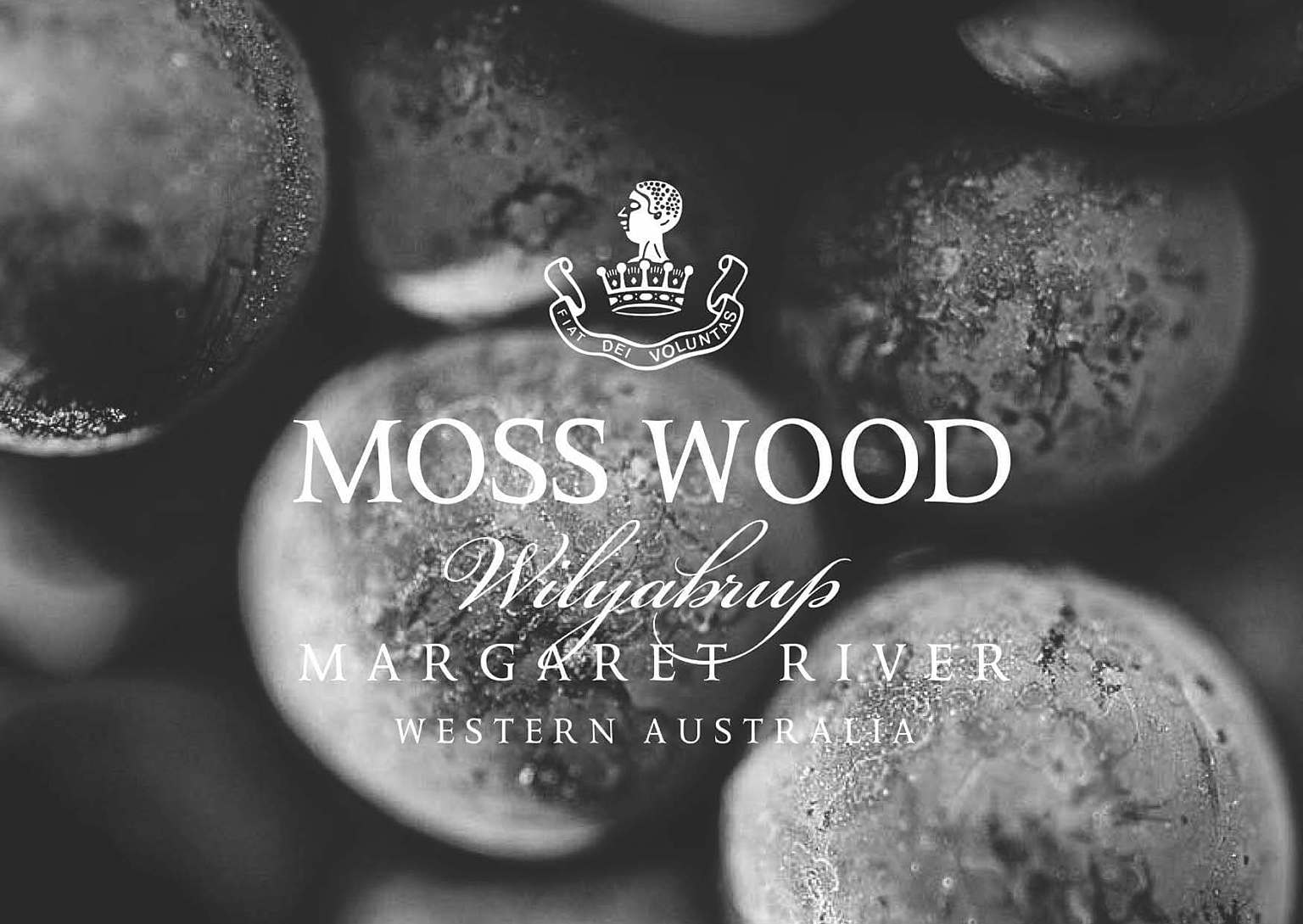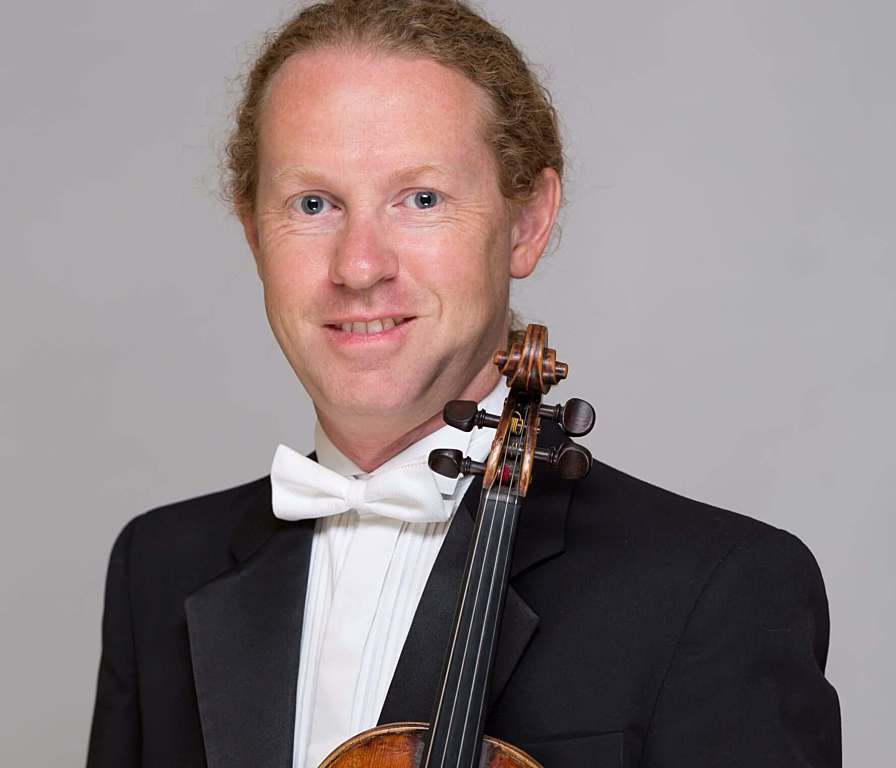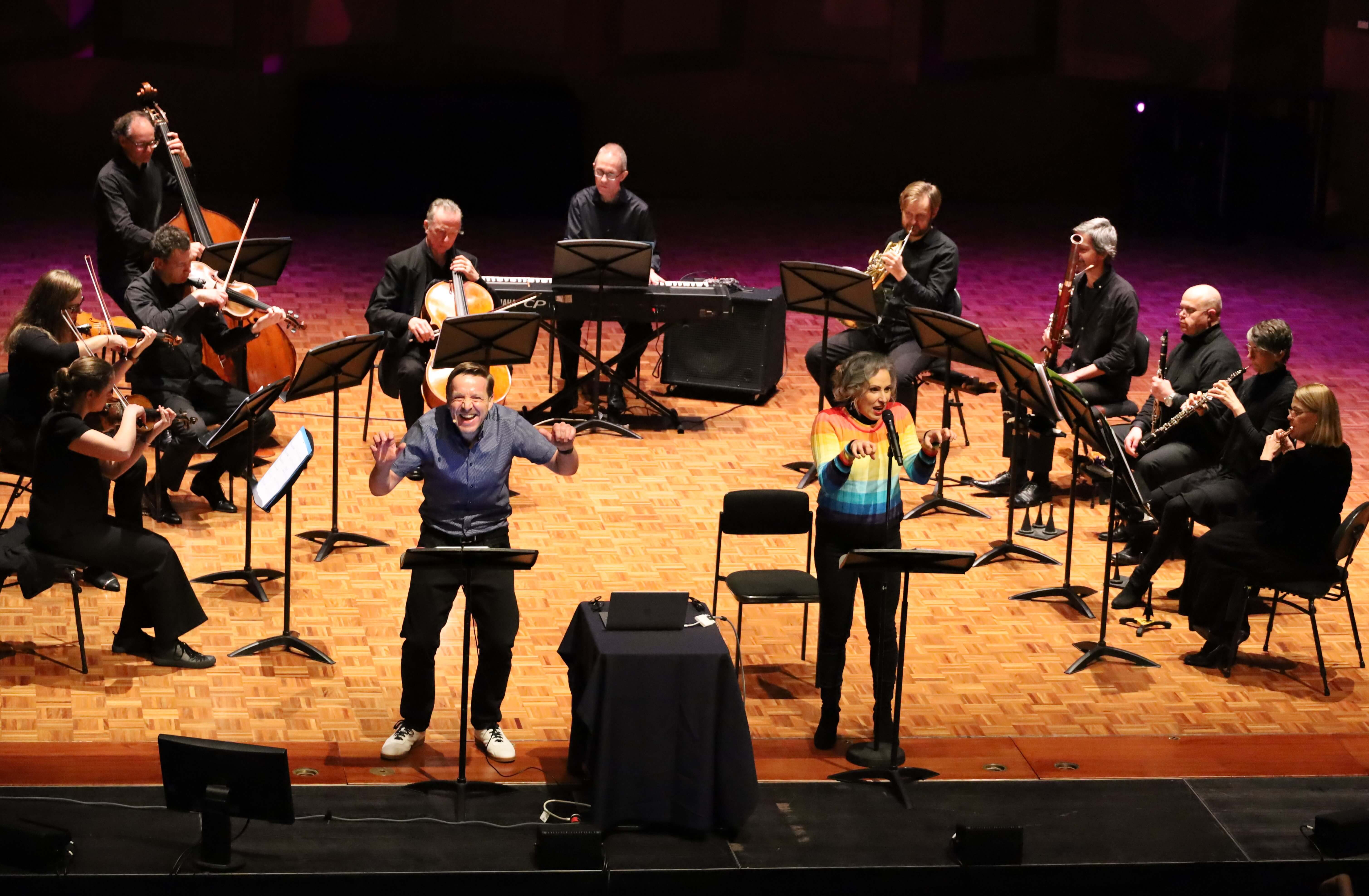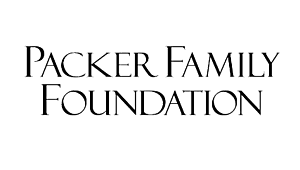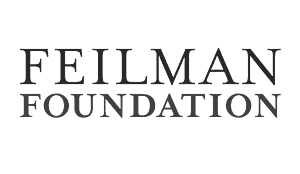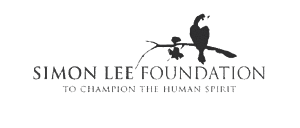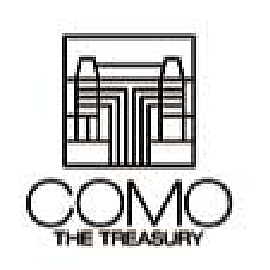The historical period encompassing what is now termed the ‘Baroque’ era in art, architecture and music was a hot-house of exploration, innovative thinking, confidence, and exuberance. In Italy, Vincenzo Galilei (noted music theorist and father of astronomer Galileo) frequented the Florentine Camerata, a group of enthusiasts whose experiments synthesizing Greek drama with music led to the development of opera around the turn of the 17th century. This was a catalytic event in Western music: the emotive and technical demands and potentialities inherent in accompanying the solo voice in a theatrical context spurred developments in instrumental technology, musical form and tonality. Composers employed more instruments (for the 1607 premiere of Orfeo at the ducal palace in Mantua Monteverdi assembled a band of some 40 instruments) and experimented with an increasing range of rhetorical devices and performing techniques to provide context and dramatic backdrop. The interweaving polyphonic textures of the Renaissance gave way to a vertical structure with the solo line featured atop supporting harmonies and bass, easier for audiences to comprehend lyrics. Central to this new music was the element of contrast – between loud and soft, fast and slow, and the solo voice pitted against the mass. This is the era during which the formal names which are now so familiar – sonata, concerto, sinfonia – were coined, as well as indications for tempo and technique. This period also saw the founding of the great luthier dynasties of Amati, Guarneri and Stradivari, pointing to the impending pre-eminence of the violin in Western classical music. Appropriately, it is in Italy that this concert’s Baroque selection begins.
Arcangelo Corelli (1653-1713)
Concerto grosso in D, Op.6 No.4
Adagio – Allegro
Adagio
Vivace
Allegro
Whilst his name might have since been overshadowed by those of his Baroque contemporaries Bach, Handel and Vivaldi, Arcangelo Corelli nevertheless exerted a profound influence on violin technique and the development of the concerto. Widely regarded as the greatest violinist of his age, Corelli was born in Fusignano and studied in Bologna, then a leading centre of violin performance. Although many of the biographical details of his life remain shrouded in anecdote, we know that by 1675 he had settled in Rome, where he worked in the service of the exiled Queen Christina of Sweden, and then for Cardinal Ottoboni, a great patron of the arts who held regular Monday evening concerts at his splendid palace, the Cancelleria (now open to the public). Corelli was hugely influential as a player and teacher; as a composer his works served as a model throughout Europe. His most famous works are his trio and solo sonatas for the violin, and his concerti grossi, compositions which contrast a small group of soloists (concertino) against a larger orchestra (ripieno).
Corelli’s Opus 6 set of 12 concertos, published only after his death but containing music probably written some decades before, are written for a concertino group of two solo violins and a cello. Concerto No.8 in the set (‘Christmas Concerto’) has achieved lasting fame, but in this concert we hear the richly textured Concerto No.6 which follows the sonata da chiesa (church sonata) pattern of alternating slow-fast movements: a stately introduction leads to a contrapuntal Allegro; there follows an expressive Adagio in the relative minor, then a charming dance-like Vivace. The final movement is in a jaunty compound metre, the common-time coda providing a resolute conclusion to the concerto.
Tomaso Giovanni Albinoni (1671-1751)
Sonata a 5 in C, Op.2 No.3
Largo
Allegro
Grave
Allegro
Oboe Concerto in D minor, Op.9 No.2
Allegro e non presto
Adagio
Allegro
Although Albinoni is today chiefly remembered for the emotionally charged Adagio in G Minor (actually an arrangement of a melodic fragment of his by the 20th-century Italian musicologist Remo Giazotto), he was influential in his day, and much admired by Bach. A prolific composer of operas (most of which are now lost), he was also a talented violinist and as a composer had a remarkable melodic gift. Commentators often cite Corelli and Vivaldi in the history of the solo concerto, however Albinoni’s Opus 2 set, published in 1700, interleaved six of the newer style concertos with six sinfonie (or sonatas) in five parts, the latter all in the four-movement sonata da chiesa form of slow-fast-slow-fast. Albinoni composed over 50 concertos, including his Opus 9 set of twelve, published in 1722.
It, like his earlier Opus 7 set, contains four concertos for strings, four for two oboes, and four for solo oboe. The oboe was a relatively new instrument at the time, having evolved in France from its rural ancestor, the shawm. Italian composers, leaders in the field of music for strings, took to it with gusto; however whereas Vivaldi wrote for the instrument in a somewhat violinistic fashion, Albinoni, bringing to bear his considerable operatic gifts, took as his inspiration the human voice (he was, after all, married to an opera singer). The Adagio of Opus 9 No.2 is one of his most popular and beautiful movements, the solo oboe singing its long-breathed cantilena above a subdued arpeggiated string accompaniment.
Antonio Vivaldi (1678-1741)
Violin Concerto in A minor, RV 356
Allegro
Largo
Presto
Flute Concerto in G minor, RV 439 ‘La notte’
Largo
Fantasmi: Presto
Largo
Presto
Il sonno: Largo
Allegro
Unlike Corelli, lauded during his lifetime and honoured with a burial place in the Pantheon, Vivaldi died in obscure poverty and was buried in an unmarked grave. However his life was neither uneventful nor lacking in success: ordained into the priesthood as a young man, he was shortly after appointed violin master at the Ospedale della Pietà, one of Venice’s prominent orphanages for young girls, a long-standing association for which he composed many of his works.
He wrote more than 500 concertos (some of which were later arranged by Bach) and published three influential collections of concertos for stringed instruments in which he standardised the solo concerto form as it still exists today: L’estro armonico (1711), from which the Concerto in A minor, RV 356 is taken; La stravaganza (1716); and 1725’s aptly titled Il cimento dell’armonia e dell’invenzione (The Contest between Harmony and Invention) which includes the now ubiquitous Four Seasons. In this last set of concertos Vivaldi not only extended and showcased the virtuoso capabilities of the solo violin, but also explored music’s pictorial potential. He also enjoyed success in the operatic field, no doubt his flair for the dramatic informing his work as an instrumental composer. This talent for scene painting is evident in his programmatic Concerto ‘La notte’ (The Night), one of six concertos in his Op.10 collection for the relatively new transverse flute.
Georg Philipp Telemann (1681-1767)
Concerto for 3 Trumpets, Timpani and Strings, TWV 54:D4
Largo – Allegro
Adagio
Presto
A direct contemporary and lifelong friend of JS Bach, Telemann assimilated various national styles whilst crediting Albinoni, Corelli and Vivaldi as his main musical influences. A hugely popular and prolific composer (his fecundity triggering a degree of posthumous negative criticism, although his output has been reevaluated in recent years), he held posts in Leipzig, Frankfurt and Hamburg as well as establishing concert-giving societies in those cities. The instrumentation of the Concerto for 3 Trumpets, Timpani and Strings may suggest that it was composed as an introductory piece for a vocal work celebrating a grand festive civic occasion. This is one of at least 100 concertos by Telemann. His orchestral output also included a vast number of ouverture-suites, a French form that became hugely popular in Germany during the first half of the 18th century and would also be taken up by JS Bach.
Johann Sebastian Bach (1685-1750)
Orchestral Suite No.3 in D, BWV 1068
Ouverture
Air
Gavotte I & II
Bourrée
Gigue
In 1729 Bach, who had taken up the position of Director of Music in Leipzig some six years earlier, took over the reins of that city’s Collegium Musicum, a concert-giving organisation founded in 1702 by Telemann. Consisting largely of university students and amateur musicians led by prominent professionals, the association provided a platform for aspiring performers who met weekly at Zimmermann’s Coffee House. This was an era of a great flowering of the arts, and music, previously confined to courtly and ecclesiastical patronage, was increasingly enjoyed by a growing and enthusiastic middle-class public. Bach absorbed and synthesized many of the musical influences which had spread to Germany from elsewhere in Europe, in particular Vivaldi’s concerto model and the ouvertures (or suites of dance movements) of French opera-ballet. Bach’s four orchestral suites, which almost certainly featured in his Leipzig Collegium Musicum performances, consist of an opening overture in the French style (a fast fugal section framed by stately, ceremonial sections), followed by a suite of dances and/or character pieces – in the case of Suite No.3, an air (later to achieve standalone fame as the ‘Air on the G String’ in an arrangement by the violinist August Wilhelmj), two gavottes, a bourrée, and a gigue.
Lorraine Neilson © 2021

